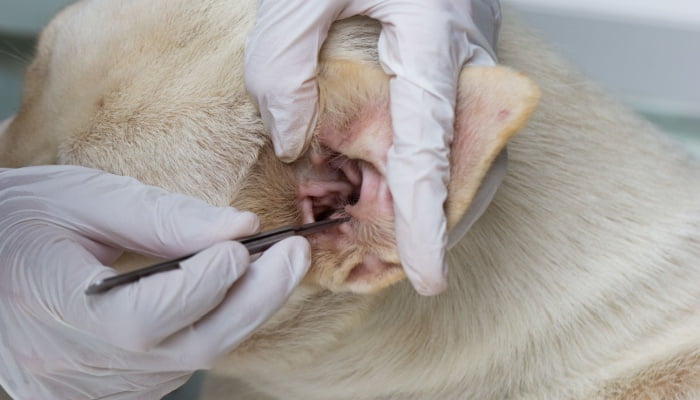Hey there, pet parents! Welcome to April – the month of blooming flowers, chirping birds, and, unfortunately, pesky pests like ticks and mosquitoes. As the weather warms up, it’s essential to be mindful of two critical health concerns for our furry friends: Lyme disease and heartworms.
In honor of National Heartworm Awareness Month and Prevention of Lyme Disease in Dogs Month, we want to raise awareness about Lyme disease in dogs and share essential prevention tips to keep your pets safe and healthy this spring. So, grab a cup of coffee (or tea), and let’s talk about what you need to know to keep your furry friends safe and healthy this season.
Prevention Measures
The good news is that there are several steps you can take to protect your furry friend from Lyme disease. Here are some key prevention measures to keep in mind:
- Use tick preventatives recommended by your veterinarian.
- Keep your lawn mowed and remove tall grasses and brush, where ticks like to hide.
- Check your pet for ticks after outdoor activities, paying close attention to areas like the ears, neck, and between the toes.
- Consider vaccination against Lyme disease, especially if you live in a high-risk area.
Where Do Ticks Live?
Ticks thrive in moist and wooded environments, making them common in areas such as forests, grasslands, and even your backyard. They often hide in tall grasses, bushes, and leaf litter, waiting for a host to pass by. Ticks can also be found on animals such as deer, rodents, and birds, which can introduce them into your pet’s environment. By understanding where ticks live, you can take proactive measures to reduce your pet’s risk of exposure.
Symptoms to Watch Out For
Early detection is key when it comes to Lyme disease. Be on the lookout for the following symptoms in your dog:
- Lameness or limping, which may shift from one leg to another
- Fever
- Loss of appetite
- Lethargy
- Swollen lymph nodes
According to petMD, dogs with Lyme disease need to be treated for at least 30 days to beat the bacteria. If it’s caught early and treated, most dogs can get better.
But if a dog had Lyme disease for a long time or didn’t get treated right away, they might have ongoing problems like limping. These dogs might need antibiotics for longer and other medicines to help with pain, maybe for their whole lives.
If you notice any of these symptoms, don’t hesitate to contact your veterinarian for guidance and treatment options.







